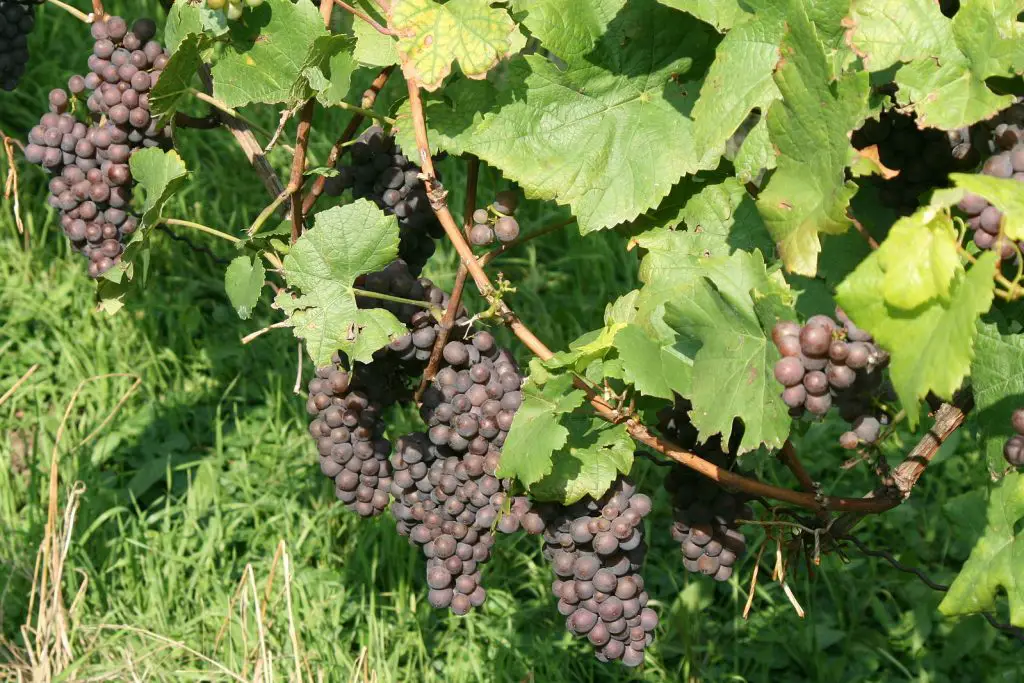Grauburgunder is the German language moniker of the Pinot Gris white wine grape variety. Its counterparts are known as Pinot Grigio in Italy and Pinot Gris in France. The German variety, however, has its own regional variations in characteristics and taste.
Grauburgunder is a dry, crisp white wine with notes of lemon and peach, often imbued with a hint of spice uncommon to other regional varieties. You might know it as Pinot Grigio!
More wine: read our sommelier’s guide to Pinot Grigio vs Moscato!
It is Germany’s fourth most prominent grape, with the total planted area of vineyards dedicated to Grauburgunder increasing by 90% over the last two decades. Grauburgunder is also produced in Austria and South Tyrol (Alto Adige), a Germanified region of Italy.
You might also see Grauburgunder sold as Grauer Burgunder – they are more or less the same.
Technical Information
| Sweetness: | dry |
| Acidity: | medium-high |
| Alcohol: | 12% |
| Fruit: | medium |
| Aroma: | lemon, apple, peach, guava |
Process and Characteristics
Unlike Pinot Gris and Pinot Grigio, Grauburgunder wines are riper and more concentrated. This is due to Grauburgunder being left for longer on the vine than its French and Italian varietal counterparts, garnering more natural sugars. The grape is therefore best suited to planting in sloped vineyards which have deep, nutrient-rich soil, providing the ideal conditions for this variety to flourish.
It is perhaps this tendency for Grauburgunder to be planted in richer, darker soil that accounts for its somewhat more divergent notes, including its light, spicy touch. The main German regions for the growing of Grauburgunder, then, are Baden and the Pfalz, with their warm climates and sloped vineyards ideal for the growth of this nutrient-demanding variety.
Grauburgunder grapes that are harvested early in the wine harvesting year, around the end of August, will produce lighter, somewhat more sparkly wines. Most Grauburgunder, however, will be harvested later than this, towards the end of September and into October, and these grapes produce the characteristic medium-bodied dry whites that Baden and the Pfalz are renowned for.
Grauburgunder food pairing
Due to the light to medium-bodied complexion of most Grauburgunders, as well as its hint of spice, it goes well with barbecued meats and grilled vegetables. Soft cheeses make an excellent companion to a good bottle, and most salad and seafood dishes would also benefit from a judicious pairing with this dry, fragrant wine.
For a creative pairing that really makes the most out of the spicier notes of this wine, try a baked cod dish. The rich flavours of a well-baked cod will beautifully complement the green fruit notes and understated tingle of a good Grauburgunder.
Alternatives
- Riesling, another German grape ideal for the sweeter palate
- Scheurebe
- Siegerrebe
- Kerner,
- Chenin Blanc
- Arneis

[…] terms of white wines, we recommend a crisp, floral Grauburgunder; this white often contains hints of spice, especially when aged for longer, which can really give […]